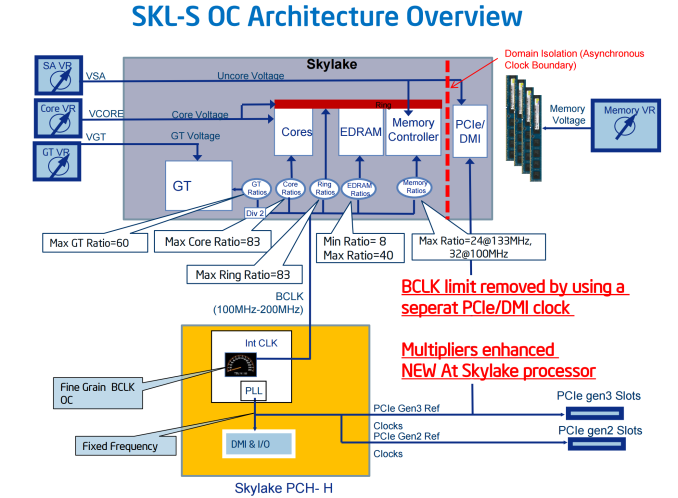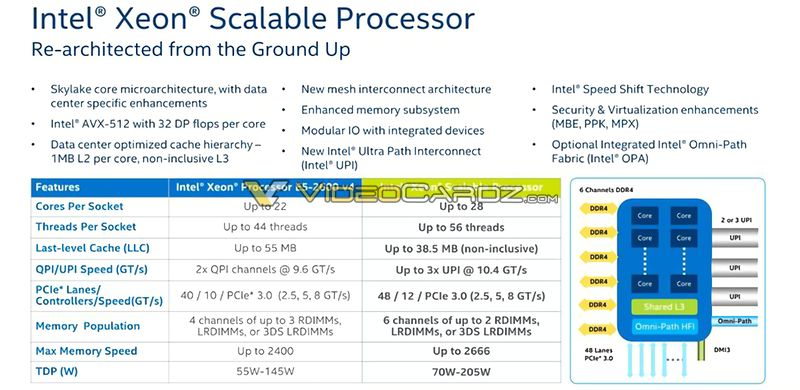Blazkowicz
Legend
AMD Duron and such had a high pressure, and the failure mode I experienced was hitting the motherboard with a screwdriver.
Very unfortunate : in such a case where you need to apply great pressure just to remove the cooler, better do it with a friend. The issue was uncommon though : the stock heatsink, big for its time, was still like those for 486/Pentium in that you applied all pressure to one small metal part that went onto a single plastic notch. Aftermarket coolers attached to the three plastic notches on the socket.
I would rather have killed the Duron than the motherboard.
Very unfortunate : in such a case where you need to apply great pressure just to remove the cooler, better do it with a friend. The issue was uncommon though : the stock heatsink, big for its time, was still like those for 486/Pentium in that you applied all pressure to one small metal part that went onto a single plastic notch. Aftermarket coolers attached to the three plastic notches on the socket.
I would rather have killed the Duron than the motherboard.


